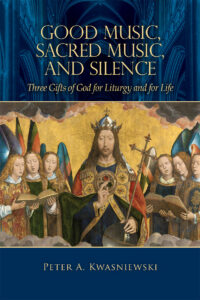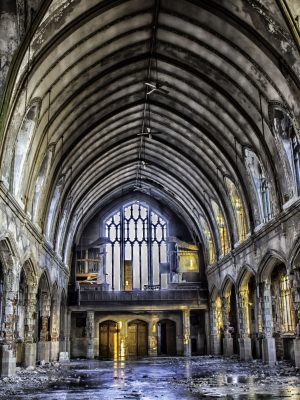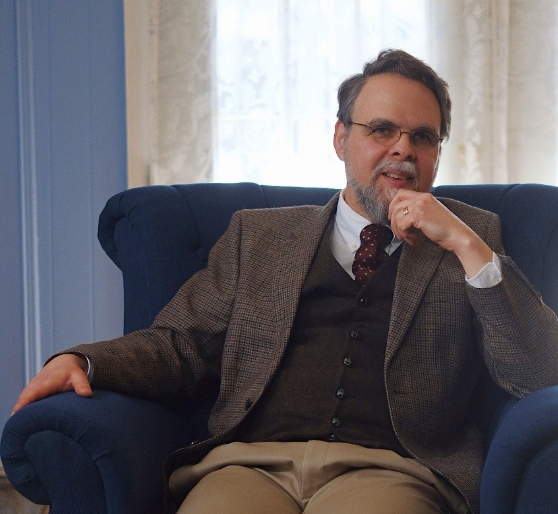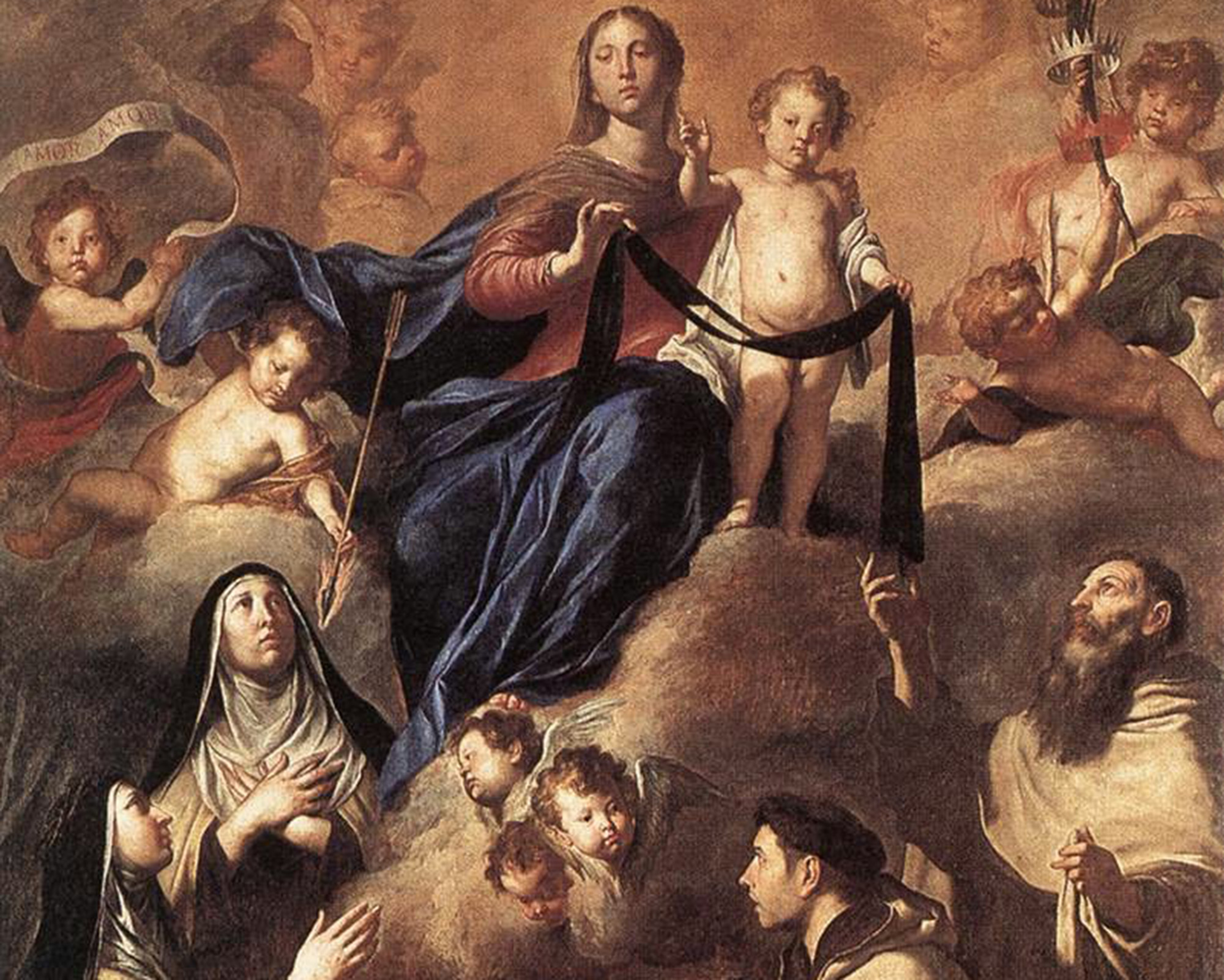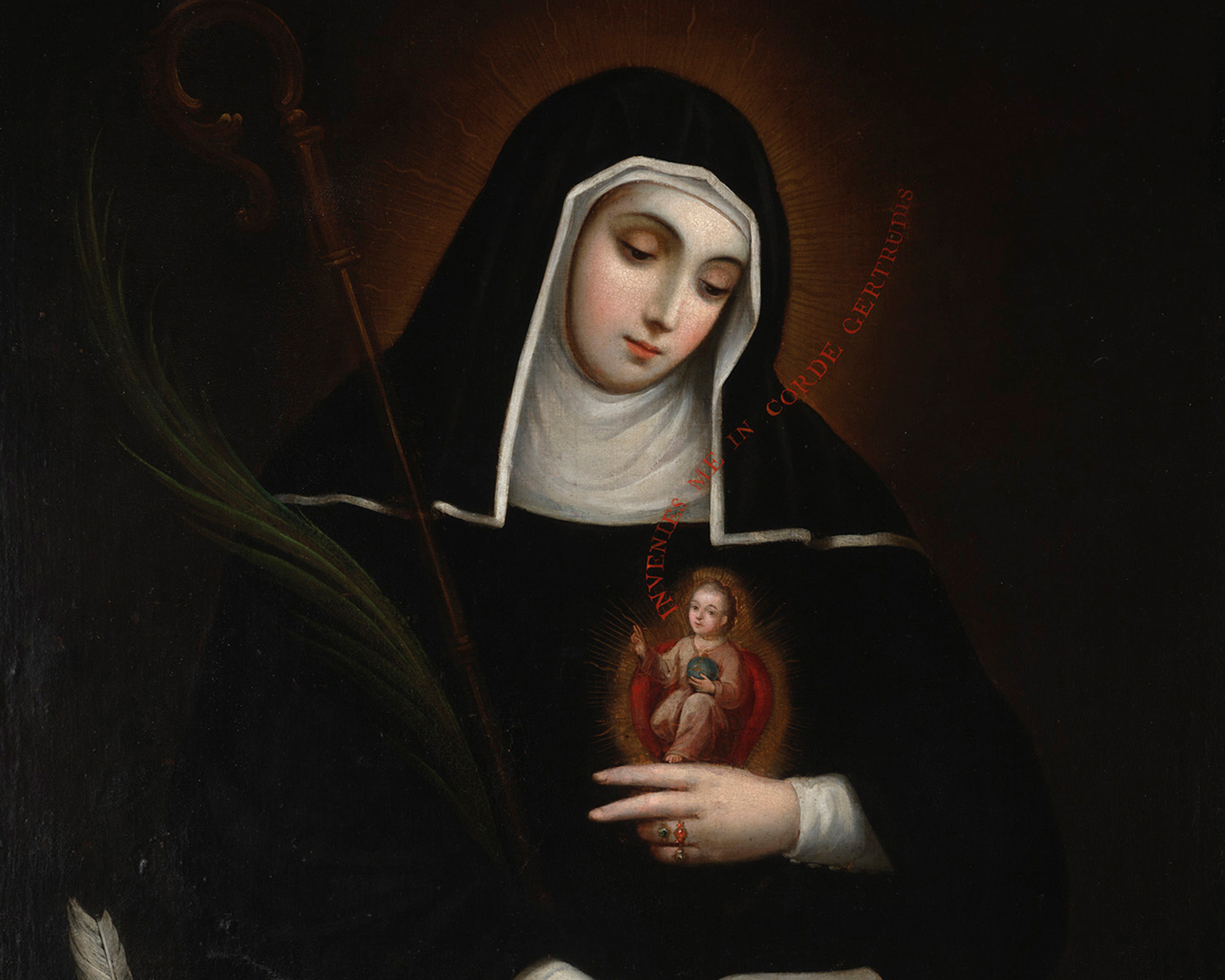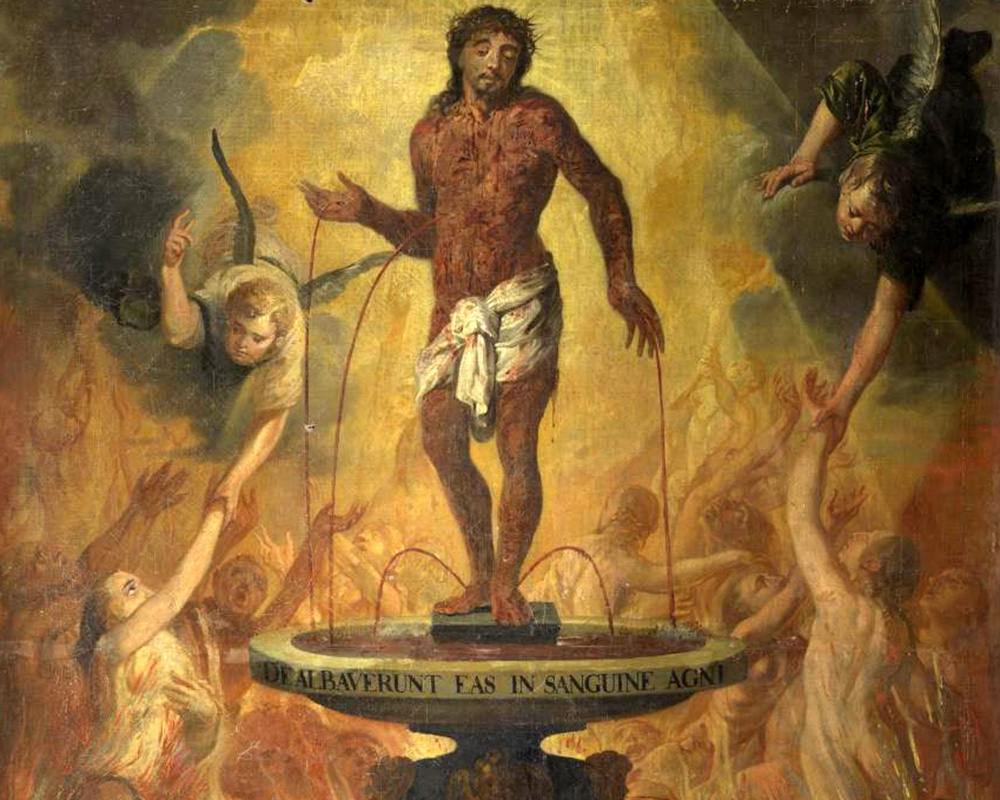The Church, acknowledging that man is not merely an intellectual being who can subsist on thoughts alone but a creature who approaches reality through his senses, has always emphasized the importance of incorporating sense-perceptible signs into her acts of worship. Even if we assent to supernatural truth sola fide (“by faith alone”), we do not engage with it solo intellectu (“by intellect alone”).
As Saint Thomas Aquinas explains in his treatise on the sacraments, Christ provided His Church with sensible signs of His abiding presence, conduits of grace through which the Holy Spirit works in the hearts of the faithful. Used in the proper way, these sacred signs—water, bread, wine, oil, words of absolution—not only represent the action of Christ, they effect His work because He works through them, they are the means by which He visits and sanctifies the believer. Because man is not a disembodied mind but an integral whole composed of body and soul, it is most fitting that God should bestow His gifts upon the faithful by elevating humble things of common experience into efficacious means of sanctification.
This sacramental transfiguration extends far beyond its own immediate sphere, as we can see in the rich heritage of the fine arts. What began as the glories of the pagan world—architecture, sculpture, painting, music, poetry—became, in the Church’s hands, the servants of divine mysteries, ministers of the unseen world, reflections of the beauty of God. The sacredness of the liturgy is adorned and elevated by the use of beautiful things: icons that seem to capture the timeless essence of sanctity, statues that remind us of the communion of saints and the purpose of our lives, stained-glass that depicts episodes from the Gospel and the history of the Church with an eloquence unrivaled by words. Contemplative plainchant, soaring polyphony, the majestic sound of the pipe organ—these, too, are no small part of the Church’s evangelization of the senses and imagination of man.
If church musicians do their job well, their work will contribute to the good of the faithful gathered together for worship; the musicians will humbly disappear before God’s glory. If all of the elements that constitute our public worship were blended together properly, the music would assume its indispensable role—not as a center-stage attraction, much less a sonic hairshirt, but as one crucial piece of a complex ensemble of symbols: the vestments worn by the priest, the sweet smell of incense rising to God, luminous stained-glass windows depicting the life of Christ or the saints, statuary to remind us of our older brothers and sisters in the Faith.
Each of these traditional elements carries with it both history and instruction, a link with the past and a strong reminder of who we are as Catholics, pilgrims of changeless faith in a world of constant change. The components of the Roman liturgy bear witness, in a tangible, accessible way, to the sublime truths we profess in our innermost souls.
This article is taken from a chapter in Good Music, Sacred Music, and Silence by Dr. Peter Kwasniewski which is available from TAN Books.
